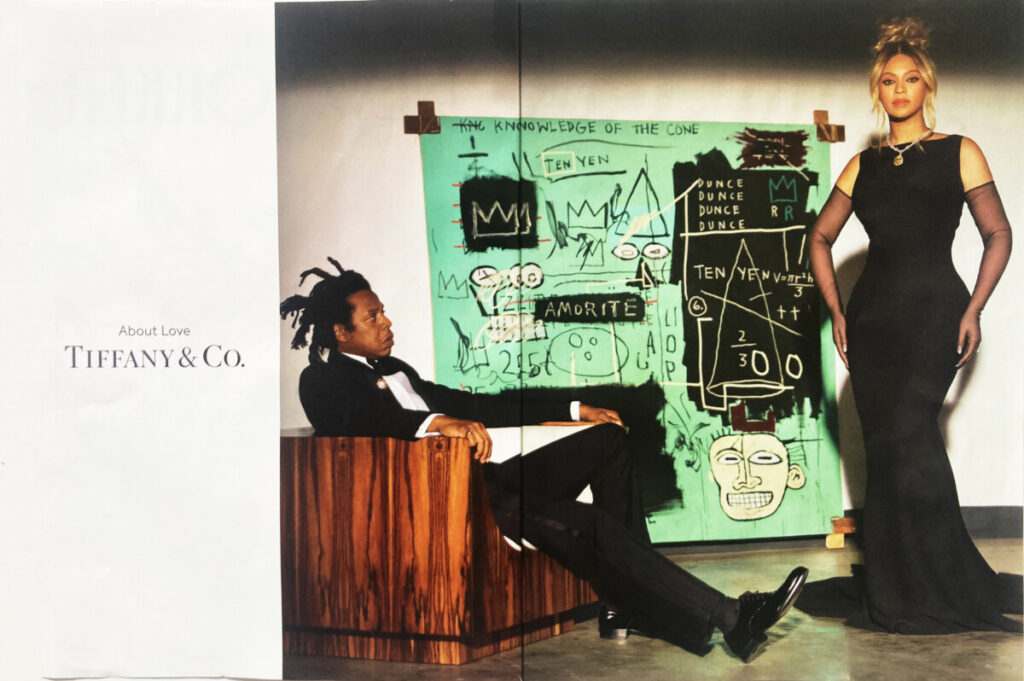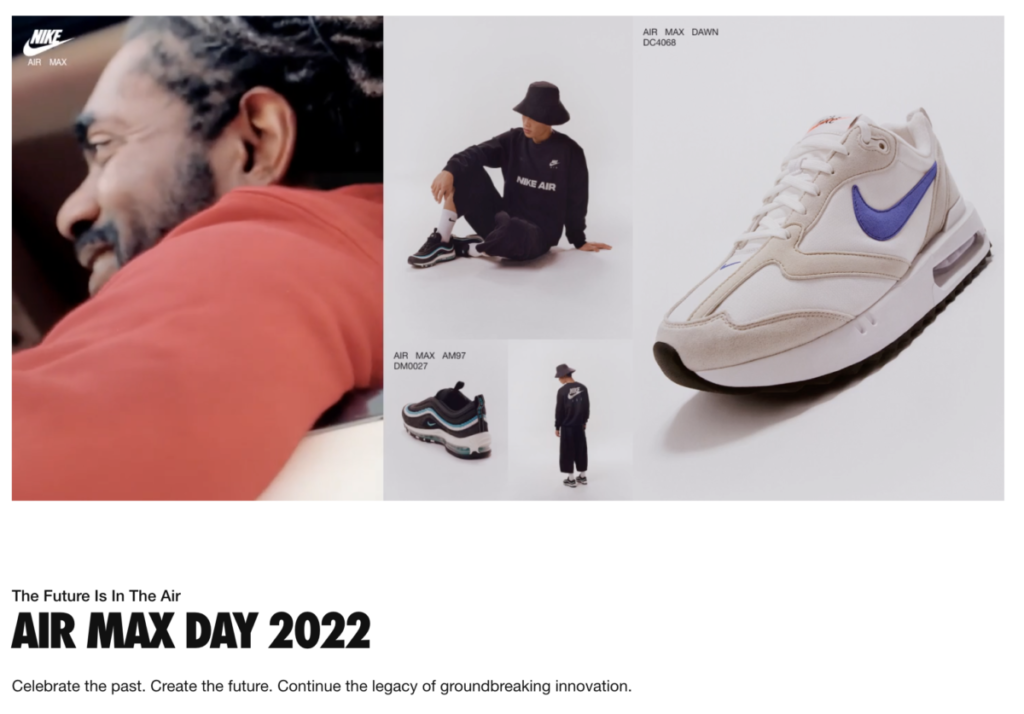Marshall McLuhan’s concentration is on English literature, and he is beginning write about the media in the late 1950s. Media ‘passive entertainment,” meaning they change or altar all aspects of our lived experiences. While I study on the technologies that strengthen the internet infrastructure, I have made a collaborative attempt to provide more individual, face-to-face time with friends, colleagues, and family pre, during and post pandemic. This fact has convinced me that tools such as Facebook, Twitter and blogs can be abused by their own makers and cause people to lose the ability to physically interact with others. Public library, book shop, physical bookstore etc.…is replacing the internet in Western culture as the main thing we read.
This is the way of media and design related in comparison’s way. Marshall McLuhan said, “Societies have always been shaped more by the nature of media by which men talk than by the content of the message.” I can tell in the text “Understanding media” that harm is in the technological advances that may be brought to the individual humans do not study media meaning that there is not enough creativity done in technology. “The electric light escapes attention as a communication medium just because it has no “content.” (McLuhan,8).” Media, today’s essential tool that reshapes the pattern of communication, where we must spend on the internet for entertainment purposes, informational research, publishing, broadcasting and more. For instance, there are printed newspapers, which are mainly bought and read by elders on the subway or bus. One of the major risks that might come with technological improvement is the impact it has on the older group using technology. They are going to have a harder time living in a developing modern society, which puts them at a disadvantage when coming to new chances.
Because of the high speed of the internet communication, everybody time is valuable so, I don’t think we can be too slow to show that our designs are relevant or effective. The statement “Media is a massage” means that the way something is conveyed affects the way the meaning is carried by a creator, for example, a political advertisement with lots of color and noise can obscure what’s being said by a designer, and it’s a kind of perceptive alert about social mass media. Another example, you can learn how to do anything online because there are sure to be YouTube videos on how to do it. The interplay between old and new environments creates many questions and confusions. Marshall McLuhan’s collaboration with graphic designer Quentin Fiore uses visual drawing to question conventions associated with print media. A 1967 NBC television experiment even referred to subliminal messages. Subliminal information includes visual or auditory stimuli that the conscious mind cannot recognize. Getting to know more about words/ images presented below our conscious awareness:
The truth about subliminal messages [infographic]. Visme Blog. (2021, November 26).
Designers should be well aware of the positive and negative aspects of the communication tools they are employing and by keeping these ideas in mind, they should try to produce the content that hopefully makes the world a better place.
References
Berke, R. L. (2000, September 12). Democrats see, and smell, rats in G.O.P. AD. The New York Times. Retrieved March 23, 2022, from https://www.nytimes.com/2000/09/12/us/the-2000-campaign-the-ad-campaign-democrats-see-and-smell-rats-in-gop-ad.html
The truth about subliminal messages [infographic]. Visme Blog. (2021, November 26). Retrieved March 23, 2022, from https://visme.co/blog/subliminal-messages/






Recent Comments